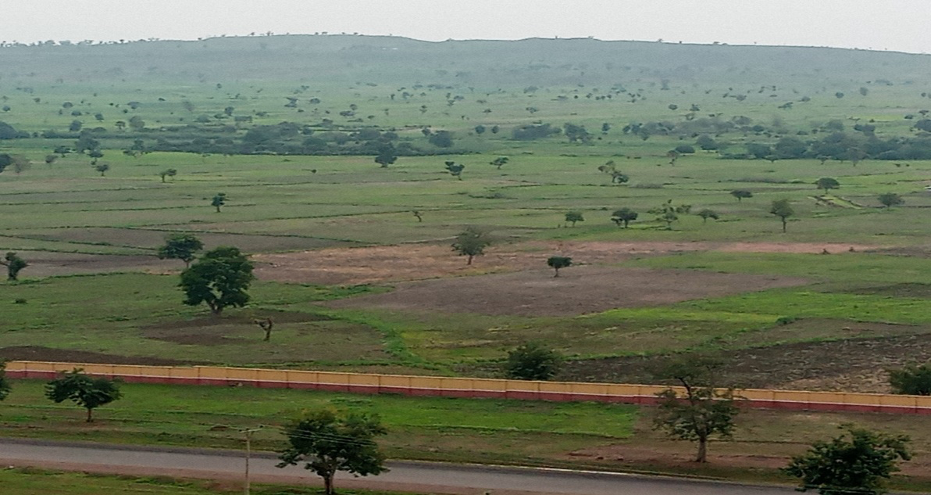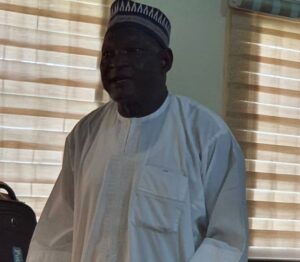The determination to brave the odds and proceed on field data collection in eight communities located in the north-east and north-west of Nigeria was an experience that opened our eyes to the beauty that is often unsung in recent times. However, nature still has a way of stealing your breath even amidst chaos. After spending, at least, 30 days in each of the zones, we found time to take a breather and appreciate nature.
In Biu Local Government Area, located in South of Borno State, the fertile, cool and serene environment of the plateau has made it a safe haven (e.g. the Low Cost Housing Community), particularly for immigrants fleeing the insurgency in Northern Borno and parts of Yobe States. They are generally very hospitable and accommodating. Farmers are migrating into the community in numbers, not only because the terrain provides security for them, but also, because the chilly weather gives them more comfort than the harsh weather conditions of their origin. Additionally, the sufficient rainfall and the fertile soils allows a large variety of crops to be cultivated and livestock to be reared. Figures 1 and 2 are scenes from the beautiful terrain of the Biu Plateau.

Figure 1: Settlement area in Biu LGA

To arrive at the Northwestern part of Nigeria, we had to travel through Katsina–Kankara-Malumfashi-Funtua-Gusau-Talata Mafara-Sokoto routes where communities are constantly being terrorized by bandits. The heavy presence of military and paramilitary patrol teams and military bases is particularly reassuring to travelers and communities therein.

Figure 3: Vast open land along Talata Mafara – Sokoto Road in the Northwestern part of Nigeria
We were mostly ill at ease, but determined not to be deterred by the obvious danger. Nonetheless, we were able to collect the needed data (questionnaire administration, FGDs and IDIs) in all selected communities. It is worthy to note that despite being located at the marginal lands as evidenced in Figure 3, the communities are still able to adapt to the seemingly unpleasant climate and soil situations of the Northwest as seen in Figure 4.
Figure 4: Thriving maize farm along Talata Mafara – Sokoto Road


An interesting story about the Ramin Kura in Sokoto North LGA is that many people including internally displaced persons (IDPs) are attracted to the community because the irrigable plains around the community allow for all year cultivation of rice and other crops. Figure 5 shows irrigated rice fields often cultivated by immigrants in Ramin Kura.
In our article, beauty refers to the scenery, while beast refers to insecurity in the savanna zone of Nigeria.
Authors

Isaiah M. Sule
FUT-MINNA, Nigeria

Dr. Mairo Mohammed
FUT-MINNA, Nigeria

Abubakar Rafai
FUT-MINNA, Nigeria

Musa Jonathan Mshelia
FUT-MINNA, Nigeria

